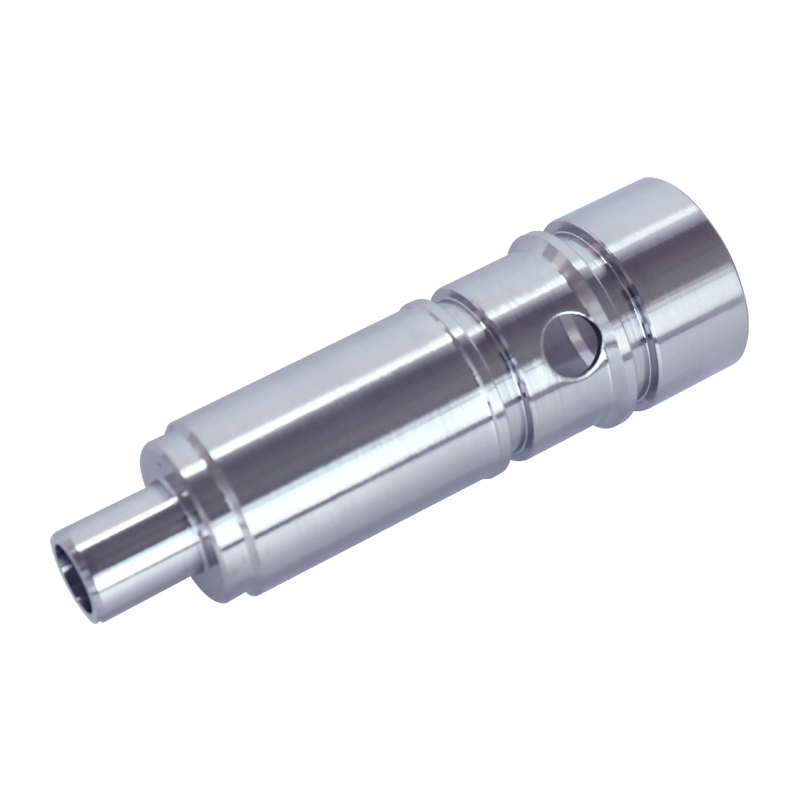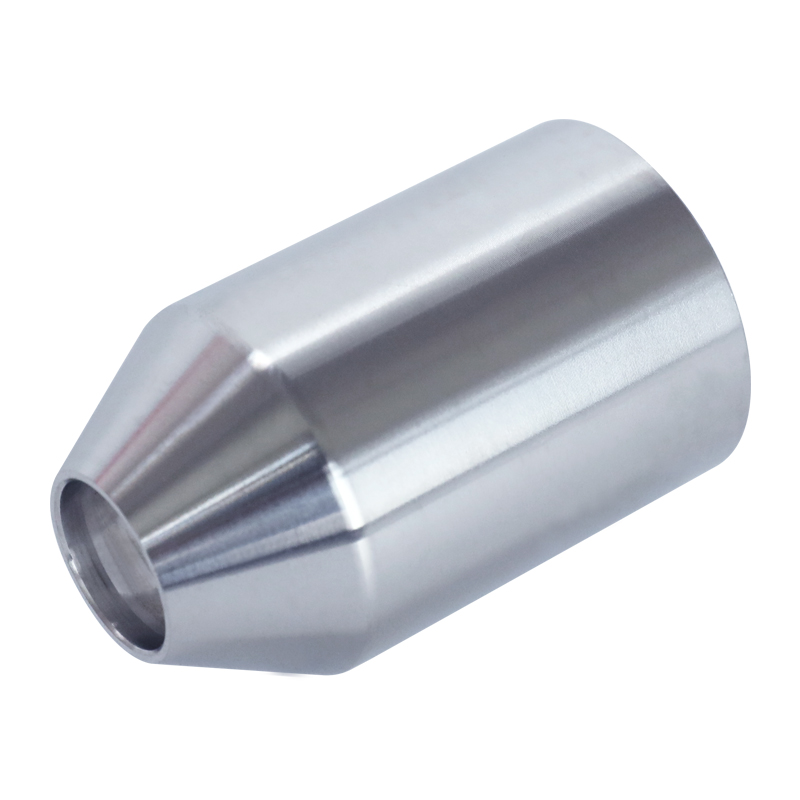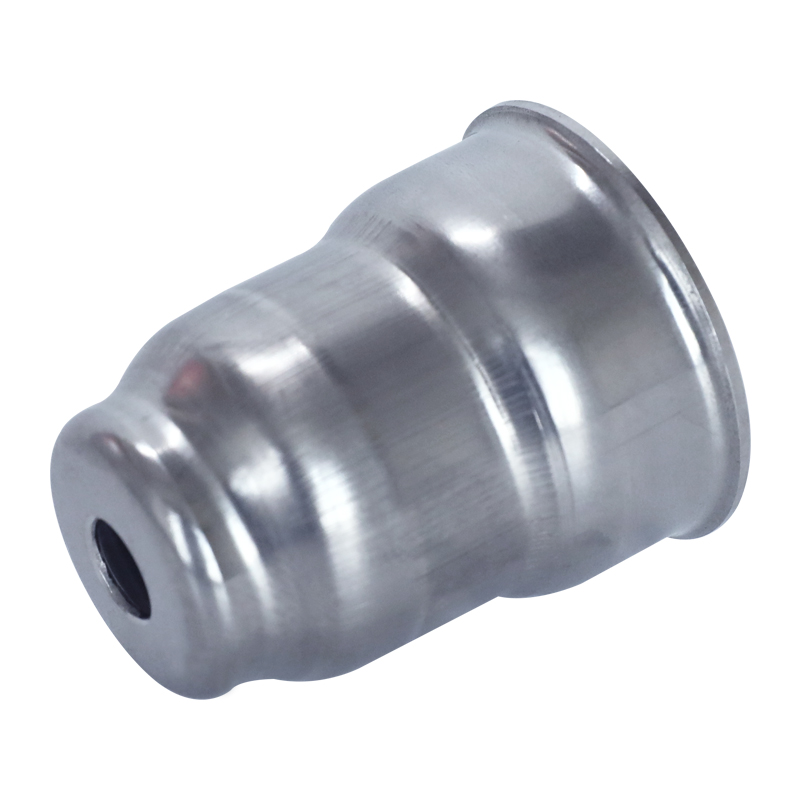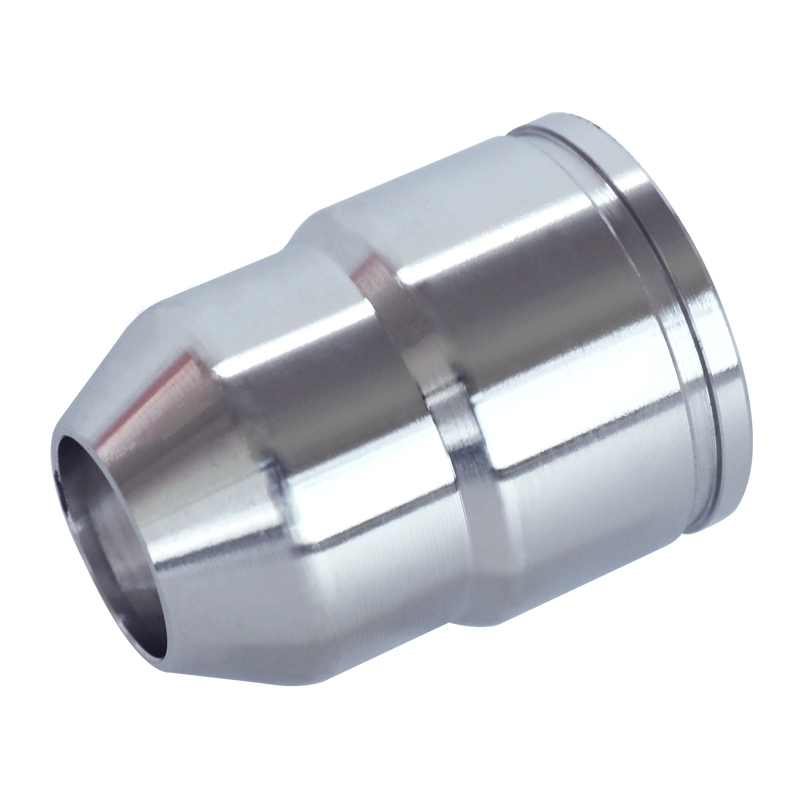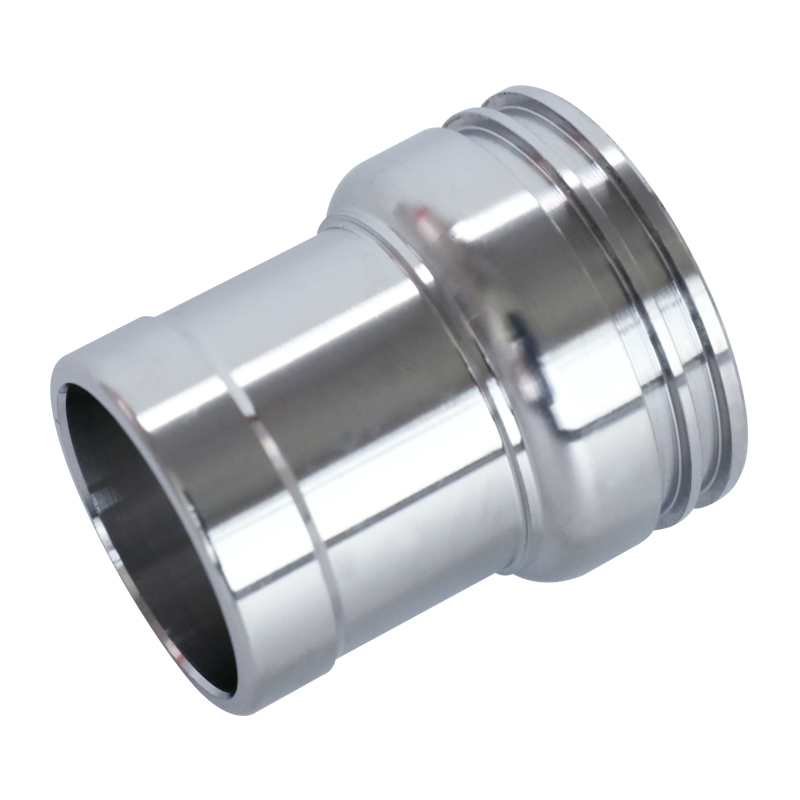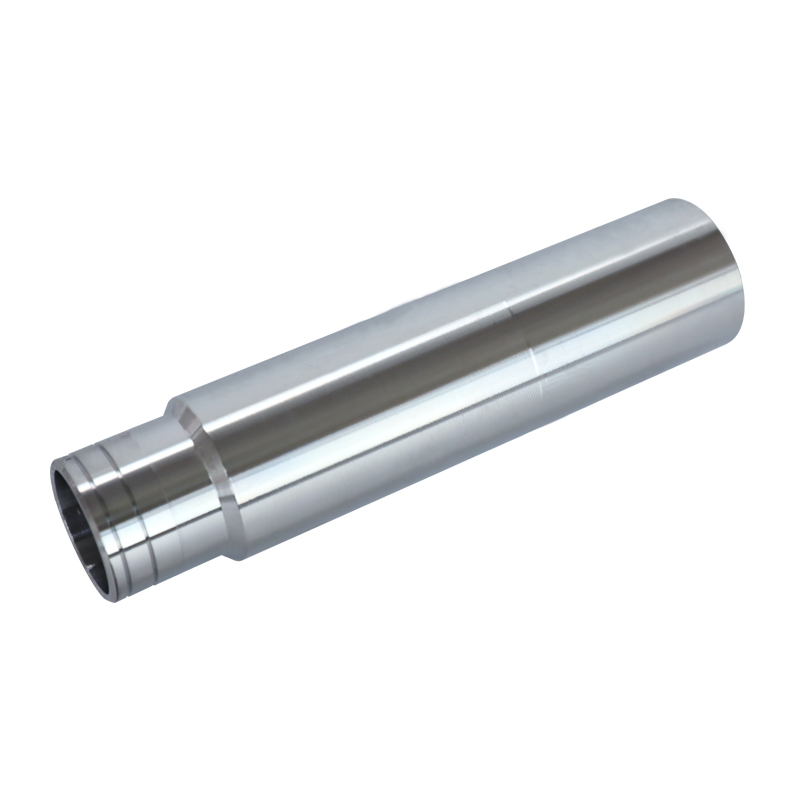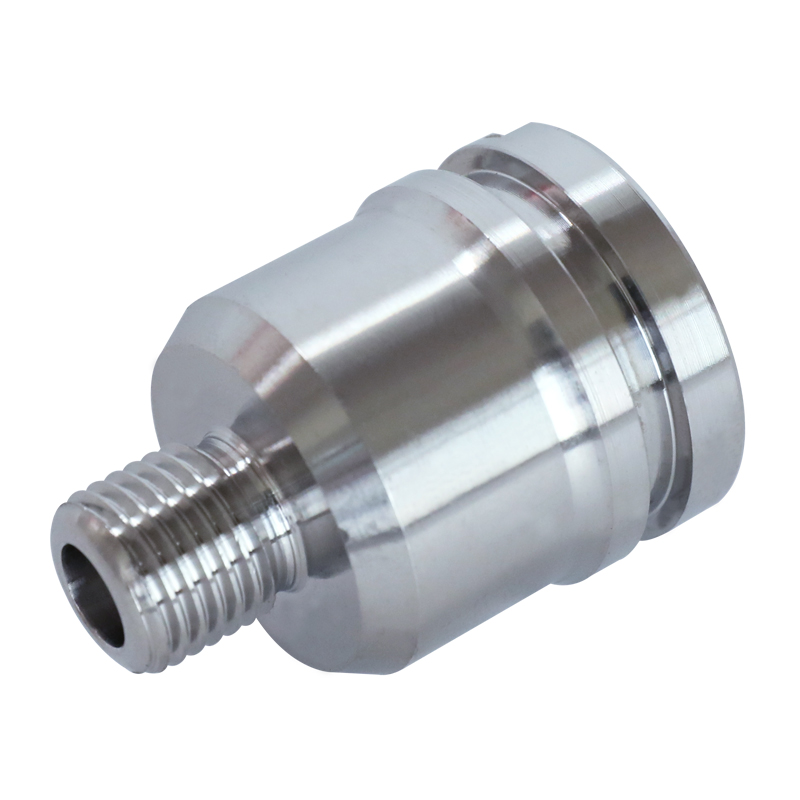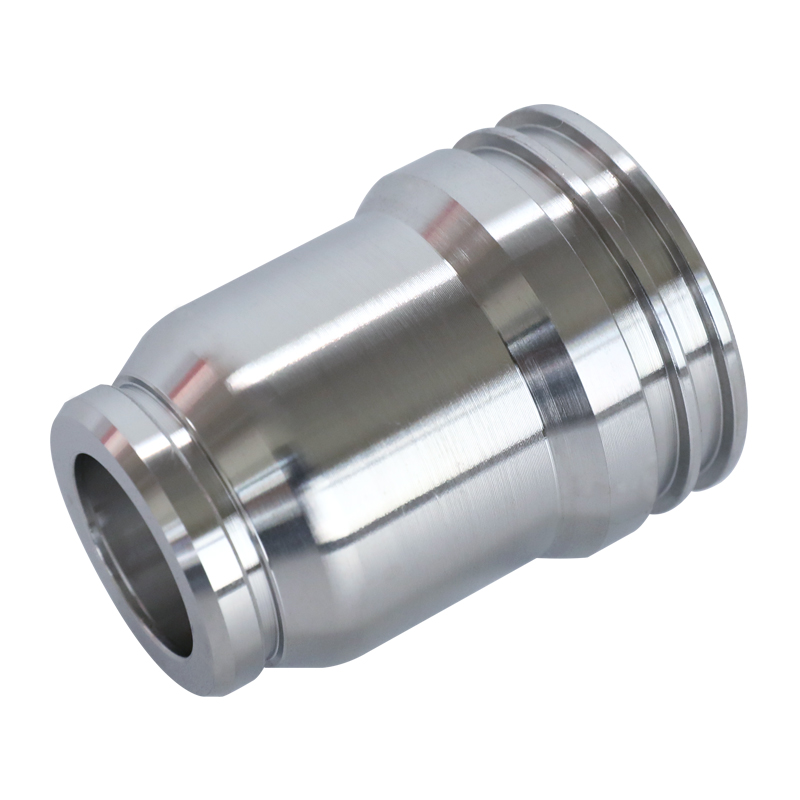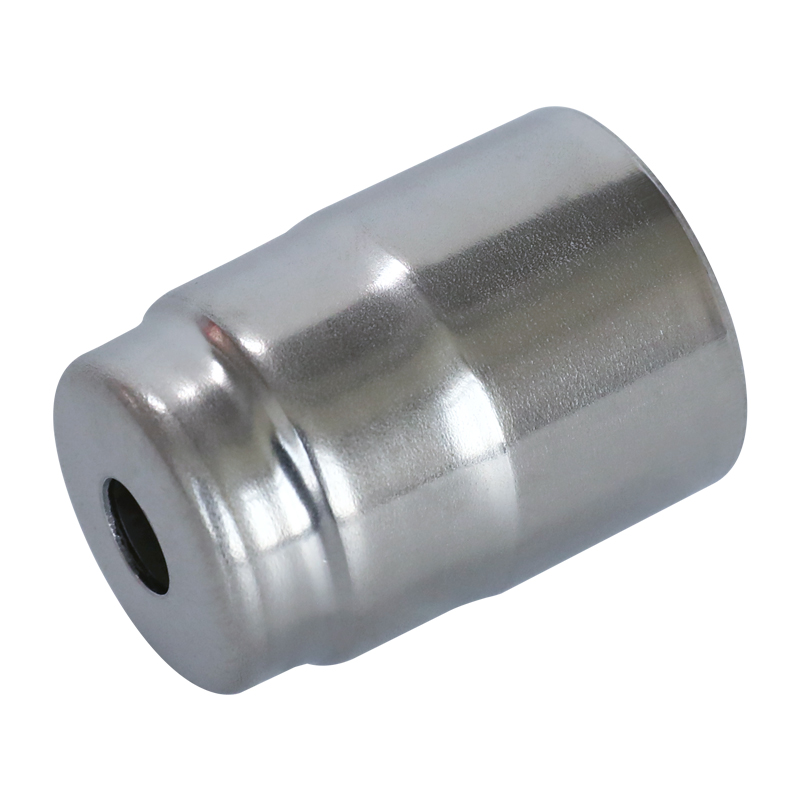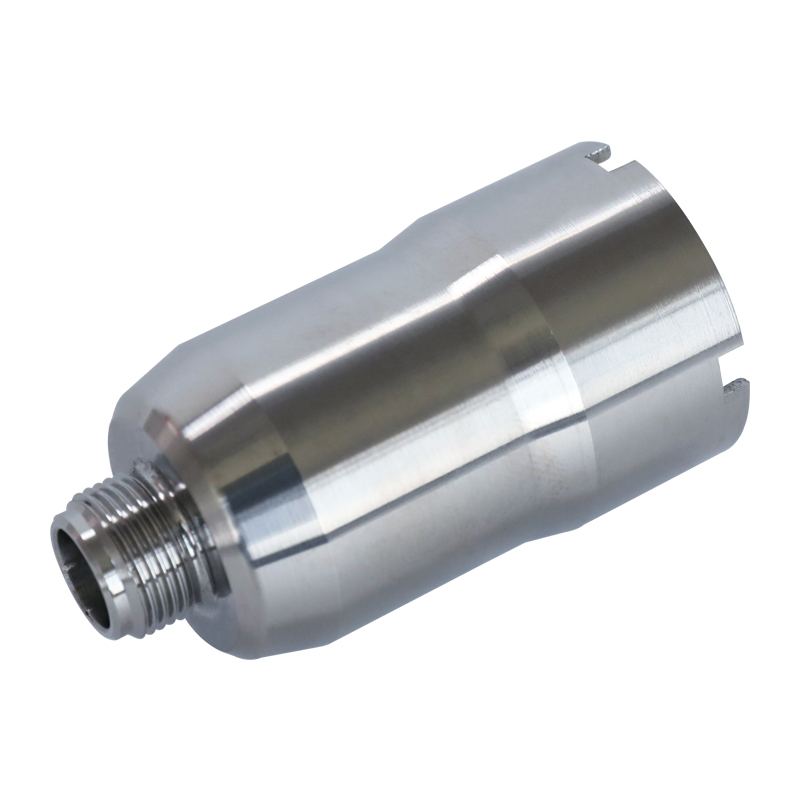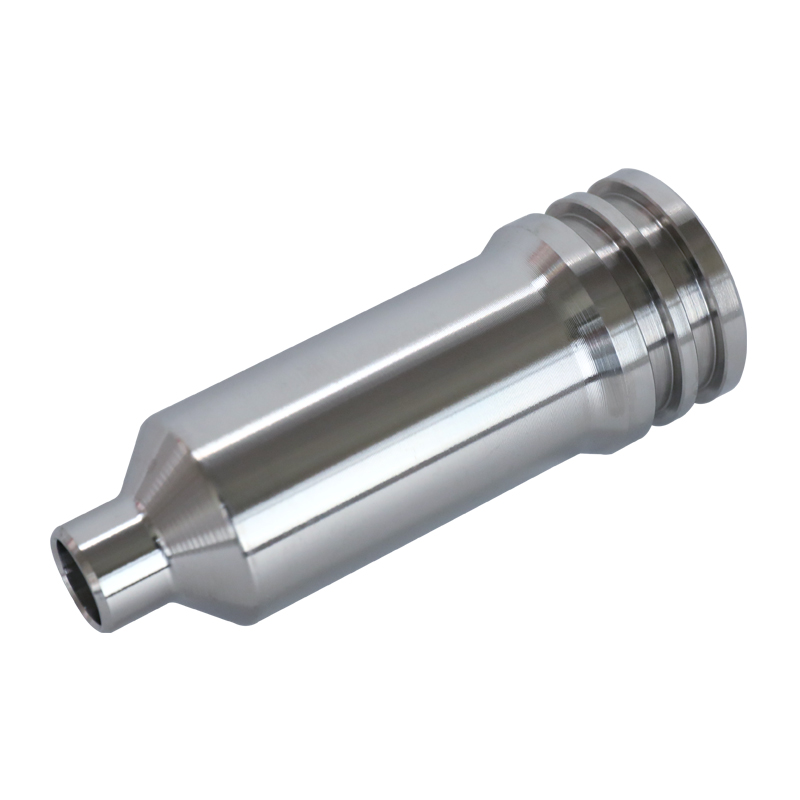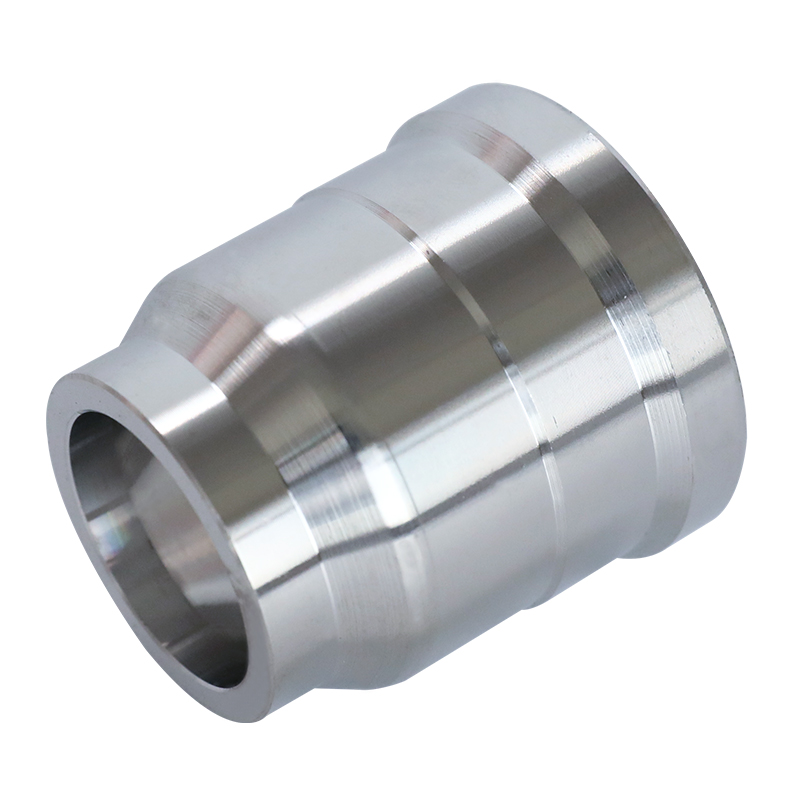In modern automotive technology, the correct integration of trailer cables is crucial to ensure an effective electrical connection between the trailer and the towing vehicle. This integration involves multiple aspects, including appropriate connectivity, communication protocols, power distribution, and more. Below we’ll look at how the integration between trailer cables and the vehicle’s electrical system works.
1. Connector Types and Adapters
Trailer cable integration begins with connector selection. Different types of trailer cables may use different connectors, so the appropriate connector type must be selected during the integration process. The use of adapters is also common to ensure that electrical connections between different trailers and vehicles can be made smoothly.
2. Selection of communication protocol
In modern vehicles, electronic systems often communicate via specific communication protocols. The integration of trailer cables requires consideration of these communication protocols to ensure that the trailer system and the vehicle's various electronic components can communicate effectively. Common communication protocols include CAN (Controller Area Network) and LIN (Local Interconnect Network).
3. Power distribution and electrical load management
A key aspect of trailer cable integration is the distribution of power. Different trailer components (such as lighting, braking systems, charging systems, etc.) require different power sources, so an effective electrical load management system is required. This ensures that the distribution of power between the trailer cables and the vehicle's electrical system is reliable and efficient.
4. Safety and fault detection
The integration of trailer cables also requires considerations for safety and fault detection. Vehicle and trailer systems should be able to detect any electrical faults and promptly alert the police or take necessary measures. This helps ensure the stability and security of the entire system.
5. Multifunctional integration
Modern trailer cable integration has evolved to support a variety of features such as smart braking systems, stability control systems, and more. The integration of these functions requires more complex electrical system design and more advanced control algorithms.
Overall, the integration between trailer cables and vehicle electrical systems is a complex and sophisticated task that requires manufacturers and engineers to have a deep understanding of all aspects of electrical engineering, communication protocols, and automotive technology. With the right integration, the towing system works seamlessly with the tow vehicle for safe, efficient towing operations.




 English
English Español
Español Deutsch
Deutsch